Tiger chicks are the young offspring of the tiger, one of the most iconic and endangered species on the planet. These chicks, or more appropriately called cubs, are born as tiny, helpless creatures and require meticulous care and nutrition to grow into the powerful predators they are meant to be. The rearing of tiger cubs involves several stages of development, each with unique needs for proper growth and survival. In this essay, we will delve into the rearing process of tiger cubs, as well as explore the nutritional content that is essential for their development during different stages of life.
The Birth and Early Days of a Tiger Cub
A tiger cub is typically born in litters of 2 to 4 cubs, after a gestation period of around 93 to 112 days. At birth, the cubs are blind, weighing approximately 1 to 1.5 kilograms. They are completely dependent on their mother for warmth, nourishment, and protection. In the wild, tiger mothers typically give birth in secluded dens, often in caves, dense bushes, or under trees. The mother tiger spends the first few weeks of the cubs' life exclusively in the den, ensuring that the cubs are safe from predators and environmental factors. During this time, she remains primarily inactive, nursing and bonding with her young.
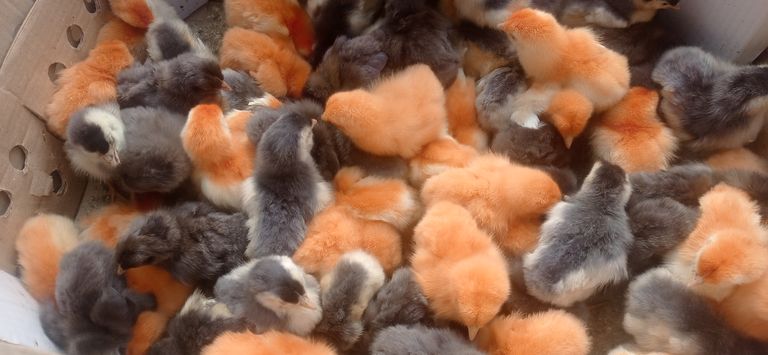
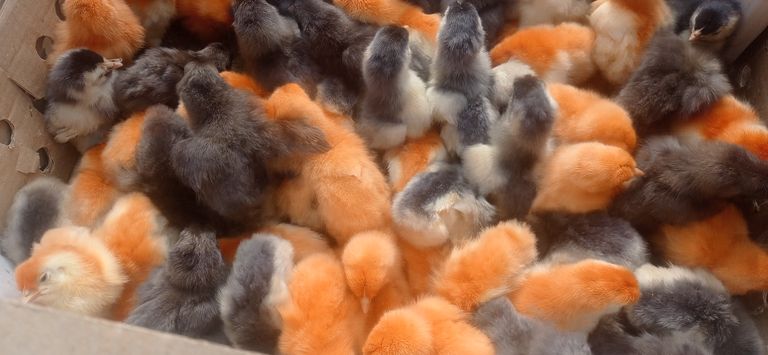
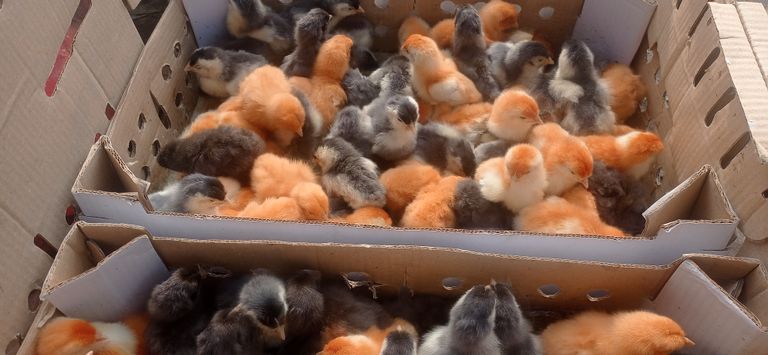
Early Nutrition and Nursing
During the first few weeks of life, the cubs' diet consists solely of their mother’s milk. Tiger milk is rich in fats and proteins, which are crucial for the cubs' rapid early growth. At this stage, the nutritional requirements of the cubs are met almost entirely by their mother’s milk, which provides the necessary calories, vitamins, and minerals. The milk is high in fat, which helps the cubs put on weight quickly and build body fat reserves. Proteins and minerals in the milk aid in muscle and bone development.
In terms of immunity, the cubs benefit from the antibodies present in the mother’s milk. This passive immunity is essential for protecting the young cubs from various diseases, as their immune systems are still developing. For the first few weeks, the cubs will not require any additional food or supplementation. Their mother will frequently lick them to stimulate bodily functions, including digestion, and to maintain hygiene.
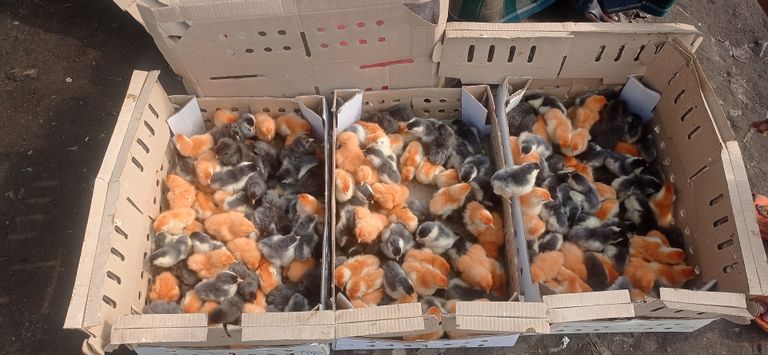
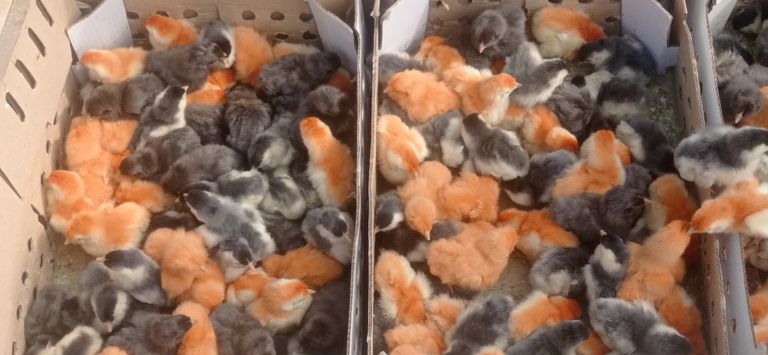
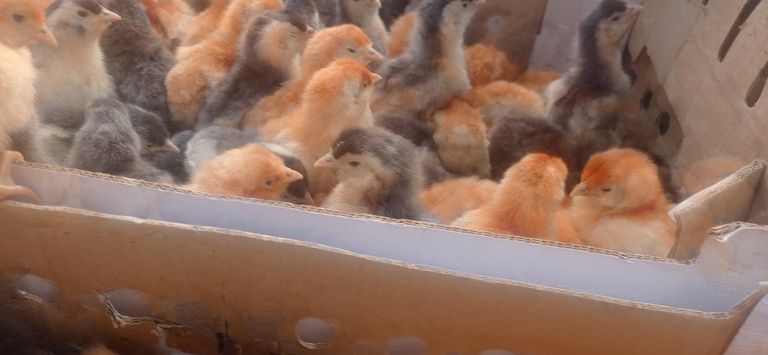
Solid Food Introduction
Around the age of 6 to 8 weeks, the tiger cubs begin to transition to solid food. The mother will start bringing back small prey animals, such as deer or wild boar, and place them near the cubs. Initially, the cubs will simply gnaw on pieces of meat, getting accustomed to the taste and texture. At this stage, the cubs are still nursing, but solid food supplements their diet. This transition to a more varied diet is critical for their development, as they begin to build the strength and stamina required for their later hunting efforts.
By 3 months of age, the tiger cubs can begin eating larger portions of meat and will start to consume less milk. The protein from the meat is essential for muscle development, while fat provides them with the energy needed for growth. At this point, the cubs are becoming more active, engaging in play with their siblings to develop coordination and strength. The cubs continue to nurse until around 6 months of age, but by then, they will be consuming mostly solid food.
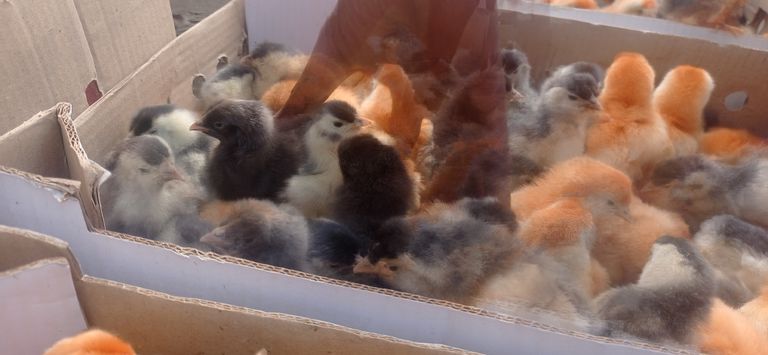
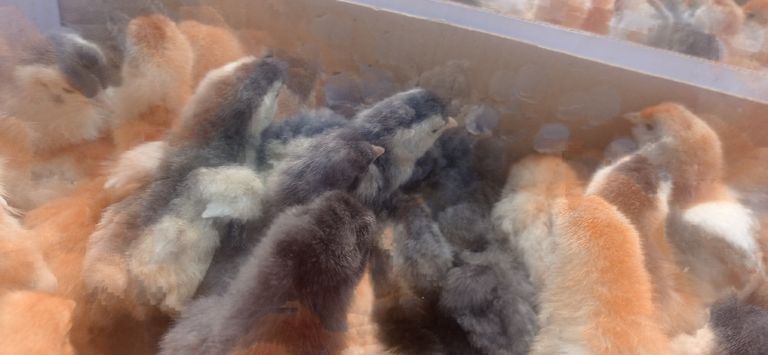
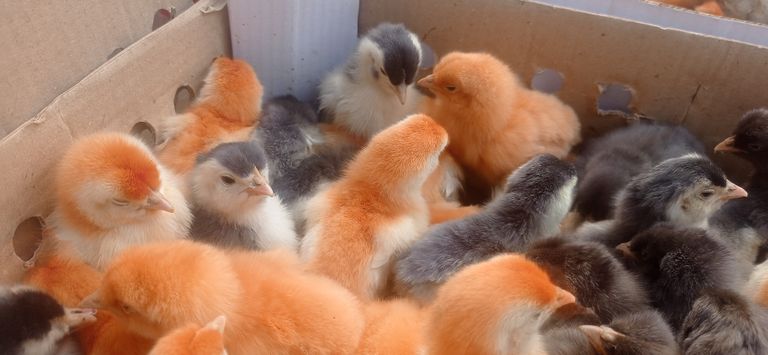
The Role of the Mother in the Rearing Process
The mother tiger plays an integral role in the cubs’ development, both physically and emotionally. She teaches them critical skills, such as hunting, socializing, and marking territory. At around 4 to 6 months of age, the cubs begin accompanying their mother on hunting trips. They initially observe, but over time, they start to learn how to stalk, pounce, and bring down smaller prey. This learning process is vital for the cubs' survival, as they will eventually need to hunt for themselves.
Though the cubs’ independence grows as they age, they typically remain with their mother for the first 18 to 24 months. During this period, they continue to benefit from the mother’s protection and tutelage, ensuring they acquire the skills necessary to survive in the wild.
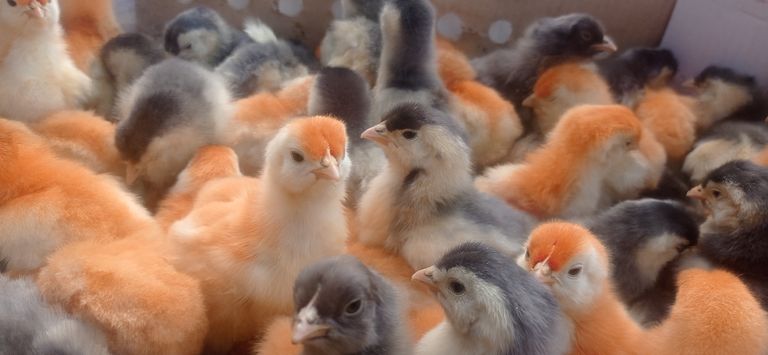
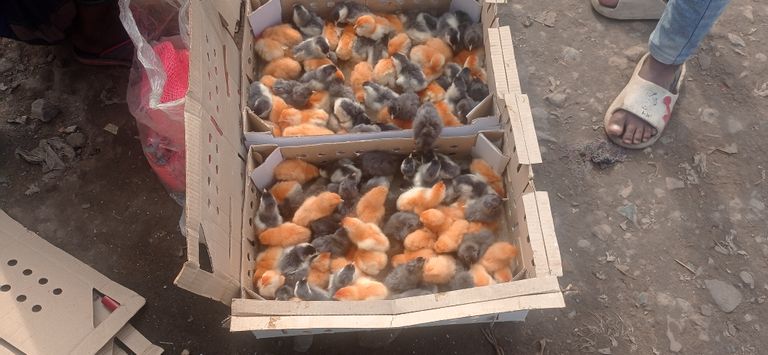
Nutritional Content for Optimal Growth
The nutritional content needed for tiger cubs' development is highly dependent on their growth stage. In the early weeks, their diet of mother’s milk provides a balanced mix of fat, protein, and carbohydrates. However, as they transition to solid food, the nutritional focus shifts to proteins and fats.
Proteins: Essential for muscle growth, immune system support, and tissue repair. Animal proteins from prey such as deer, boar, and other small mammals are ideal for tiger cubs. A lack of sufficient protein can stunt their growth and delay their development.

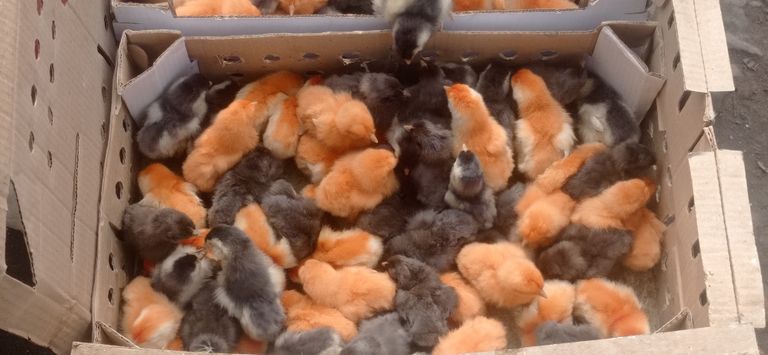
Fats: Provide energy, which is critical for the cubs’ physical activity and survival. The fatty content in their mother's milk is also mirrored in the diet of wild prey, such as the fat from deer and boar. A lack of fat can lead to malnutrition and impaired development.
Minerals: Calcium, phosphorus, and magnesium are crucial for the development of strong bones and teeth. These are especially important as the cubs grow and begin to move more actively.
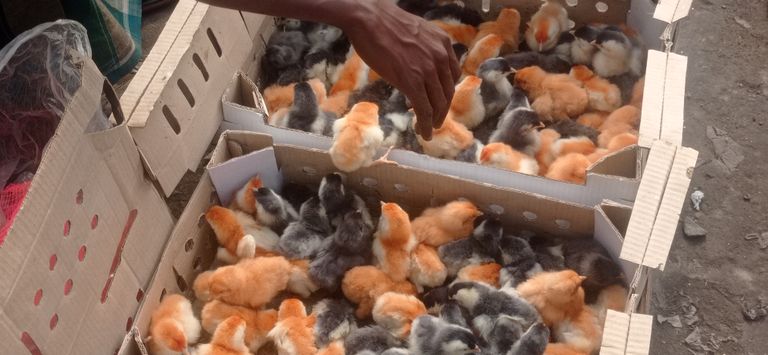
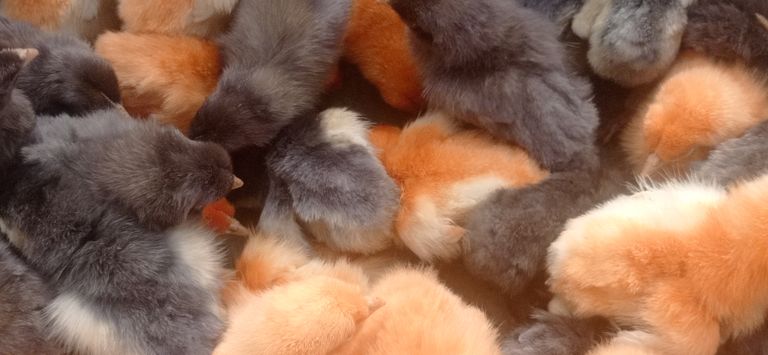
Vitamins: Vitamin A and Vitamin D, among others, play essential roles in vision, immune function, and bone development. These are typically found in the fat of the prey the mother hunts for her cubs.
Conclusion
Rearing tiger cubs requires not only a safe and nurturing environment but also a diet that supports their rapid physical development. From their first few weeks of life, when they rely solely on their mother’s milk, to the later stages where they begin eating solid food and learning to hunt, tiger cubs undergo significant nutritional and developmental changes. The mother's role in providing the cubs with the necessary resources for survival cannot be overstated, as it is through her care and teaching that the cubs are able to mature into the powerful apex predators they are meant to be. As such, both nutrition and rearing practices are central to ensuring the survival of this magnificent species.